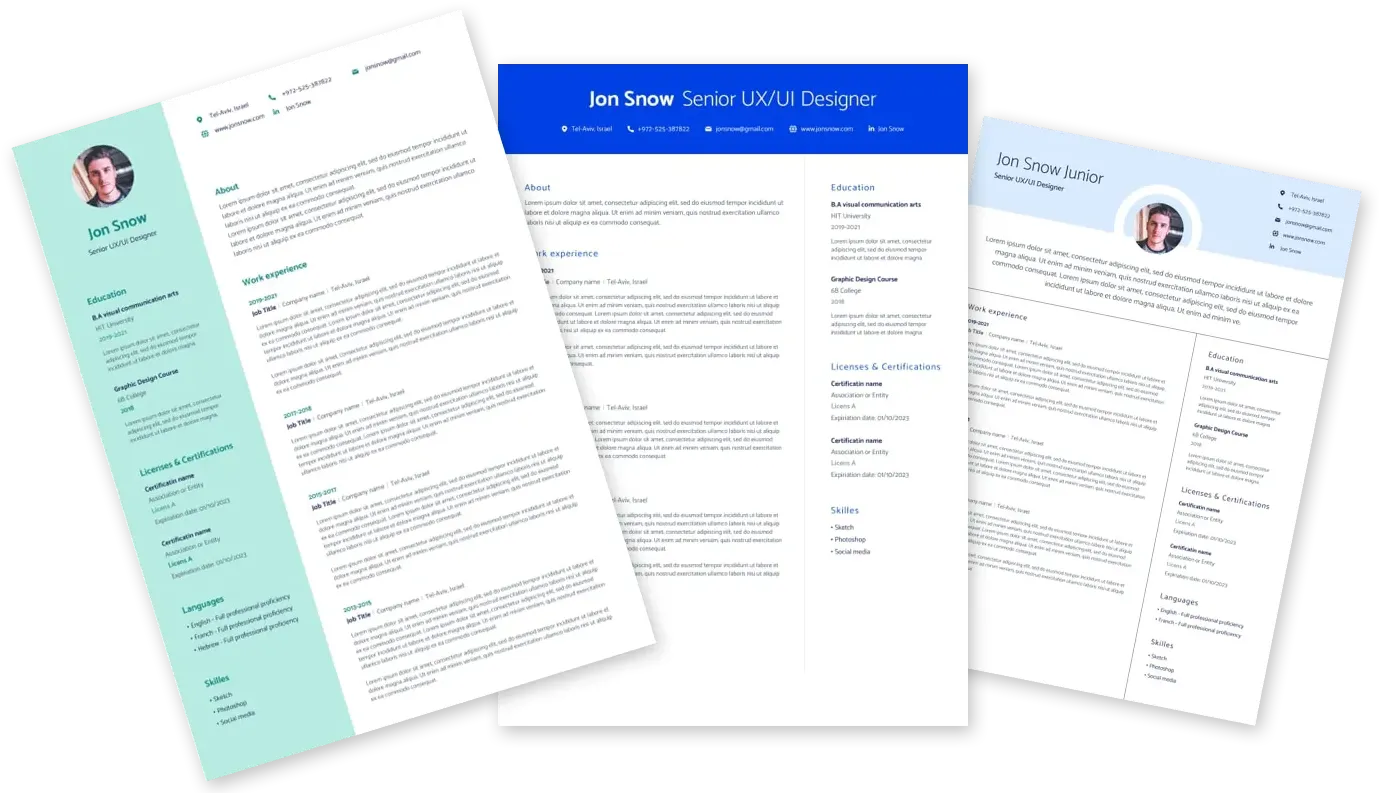
Finding the best job has never been easier

Microsoft Software Engineering IC5 Taiwan, Taoyuan City 918804749
27.03.2025
Share
Qualifications
Required/minimum qualifications
Bachelor's Degree in Computer Science or related technical field AND 6+ years technical engineering experience with coding in languages including, but not limited to, C, C++, C#, Java, JavaScript, or Python OR equivalent experience.
Additional or preferred qualifications
Master's Degree in Computer Science or related technical field AND 8+ years technical engineering experience with coding in languages including, but not limited to, C, C++, C#, Java, JavaScript, or Python OR Bachelor's Degree in Computer Science or related technical field AND 10+ years technical engineering experience with coding in languages including, but not limited to, C, C++, C#, Java, JavaScript, or Python OR equivalent experience.
Responsibilities
Ability to think, understand, and process information quickly.
Algorithm Design and ImplementationThe ability to design, analyze, implement, optimize, profile and experimentally evaluate computer algorithms. Includes knowledge of practical applications of algorithms in software engineering.
Architecture Design
Computer ScienceThe ability to apply computer science principles (e.g., data structures, algorithms, run-times), statistics and computer architecture to implement, adapt, or apply concepts when programming.
Conflict ResolutionThe ability to manage conflict, disharmony, and strife among people and situations, while recognizing and addressing sensitivities.
Decision MakingThe ability to make decisions in a fast-paced, rapidly changing environment. This includes the ability to define, diagnose, and determine an appropriate resolution, recommendation, or decision while considering alternatives and factors (e.g., resources, costs, tradeoffs).
Leads by example and mentors others to produce extensible and maintainable code used across products. Leads efforts to optimize, debug, refactor, and reuse code to improve performance and maintainability, effectiveness, and return on investment (ROI). Identifies best practices and coding patterns and provides deep expertise in the coding and validation strategy. Creates and applies metrics to drive the quality and stability of code, as well as appropriate coding patterns and best practices.
Leads efforts to apply knowledge of debugging tools, logs, telemetry, and other methods, and leads verification of assumptions through writing and developing code proactively before issues occur and reactively as issues occur across products. Leverages minimal telemetry data, triangulates issues, and resolves with minimal iterations. Leads retrospective debugging of solutions to identify root causes of problems.
Leads efforts and discussions for the architecture of aspects of products/solutions (e.g., design, cost). Creates proposals for architecture and design documents, and leads testing of hypotheses and proposed solutions. Shares and acts on findings from investigations, owns design decisions, and oversees the less experienced team members. Leads the development of design documents for designs or User Stories and determines the technology that will be leveraged and how they will interact. Leads design discussions with the team and shares findings/learnings from investigations, holding ownership for design decisions. Leads efforts to assure system architecture meets security and compliance requirements and expectations.
Engineering Excellence
Considers and leads the comprehensive application of automation within production and deployment across products. Runs code in simulated or other non-production environments to confirm functionality and error-free runtime across products. Defines and develops standardized, repeatable, scalable solutions to guarantee quality.
Leads efforts to enhance, reuse, contribute to, and identify new software developer tools to support other programs and applications to create, debug, and maintain code across products. Uses open source when possible. Develops substantial skills in other tools inside and outside areas of expertise. Leads identification of internal tools and creation of new tools that will be useful for creating the product, determining if methods are still applicable for the current solution. Shares best practices and teaches others about new tools and strategies.
Remains current by investing time and effort into staying abreast of current developments. Proactively seeks new knowledge and adapts to new trends, technical solutions, and patterns that will improve the availability, reliability, efficiency, observability, and performance of products while also driving consistency in monitoring and operations at scale and shares knowledge with other engineers.
Applies, extrapolates, and identifies best practices and shares information with other engineers to reliably build code that is based on well-established methods while also applying best practices for new code development. Demonstrates and maintains an up-to-date understanding of both global and local regulations for technologies and system applications to ensure regulations are followed and met. Leads product development and scaling to customer requirements and applies best practices for meeting scaling needs and performance expectations.
Leverages subject-matter expertise of cross-product features with appropriate stakeholders (e.g., project managers) to drive multiple group's project plans, release plans, and work items. Breaks down long-term project vision into milestones as part of an overall roadmap. Guides other members for project estimation and escalates any issue that would cause a major delay.
Reliability and Supportability
Holds accountability as a Designated Responsible Individual (DRI) and mentors other engineers across products/solutions, working on call to monitor system/product/service for degradation, downtime, or interruptions. Alerts stakeholders as to status and initiates actions to restore system/product/service for complex issues. Develops a playbook for the team to resolve issues. Coordinates people and resources to ensure DRI responsibilities are covered across teams. Responds within Service Level Agreement (SLA) timeframe. Has line of sight to incidences and plans to address emerging issues. Leads efforts to reduce incident volume, looking globally at incidences and providing broad resolutions. Escalates issues to appropriate owners.
Leads efforts to collect, classify, and analyze complex data and analyses on a range of metrics (e.g., health of the system, where bugs might be occurring). Leads the refinement of products through data analytics, and makes informed decisions in engineering products through data integration.
Understand User Requirements
Partners with appropriate stakeholders (e.g., project manager, technical lead) to determine user requirements for a set of scenarios. Leverages a variety of feedback channels to incorporate insights into future designs or solution fixes. Leads incorporation of appropriate continuous feedback loops measuring customer value, usage patterns, and other actionable metrics of value. Begins to determine additional critical metrics.
These jobs might be a good fit
